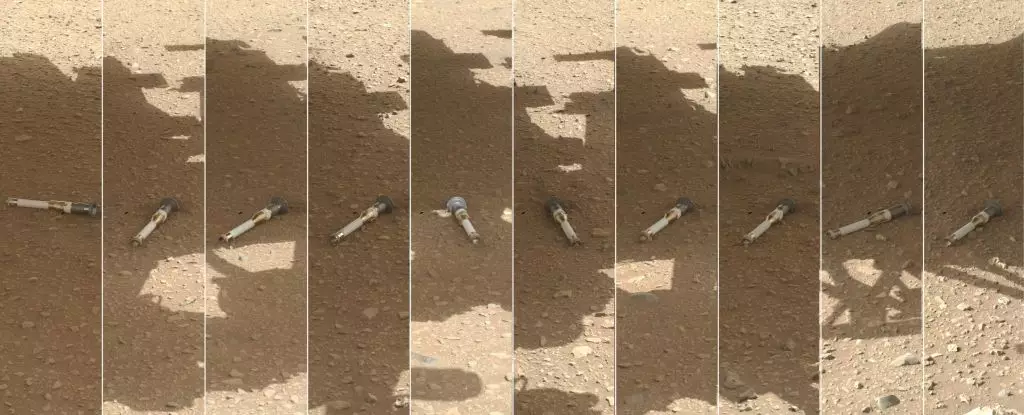NASA’s ambitious Mars Sample Return mission has stirred excitement and concern in the scientific community—an endeavor that could unveil the secrets of the Red Planet and expand our understanding of the solar system. Launched with the Perseverance rover’s deployment in February 2021, the mission seeks to gather, secure, and ultimately return samples of Martian rock and soil to Earth for detailed analysis. These canisters, full of potential data, lie dormant on Mars’ surface, awaiting future retrieval efforts. However, the path to success has not been free of obstacles, with the mission facing budgetary constraints, structural complexities, and logistical challenges that could jeopardize its timeline and integrity.
The leadership at NASA, including administrator Bill Nelson and associate administrator Nicky Fox, plays a pivotal role in steering this challenging mission. Their upcoming teleconference, scheduled for January 7, represents a crucial point in the mission’s narrative, where they will address public concerns, present updates on the project’s status, and lay out the administration’s plans to mitigate risks associated with high costs and organizational hurdles. It is imperative to recognize that the transparency offered by NASA can help to rebuild trust and excitement around the mission—not only among space enthusiasts but also within the scientific community that depends on the integrity of such endeavors to advance knowledge.
A significant concern has been the financial sustainability of the Mars Sample Return mission. An independent review earlier in 2023 flagged “unrealistic budget and schedule expectations” that suggested the mission was overextended both operationally and financially. This assessment led to recommendations from the House and Senate appropriations committees to cut a staggering $454 million from NASA’s 2024 budget, significantly affecting the Mars mission. Furthermore, the subsequent layoff of numerous employees and contractors at the Jet Propulsion Laboratory highlighted the dire need for restructuring. Such drastic measures evoke concerns about whether the mission can continue effectively or if it might fall victim to budgetary constraints.
In the wake of these challenges, NASA officials have reaffirmed their commitment to the Mars Sample Return mission, assuring stakeholders that the project is not terminated, but rather being reevaluated to ensure a more sustainable path. By considering alternative operational frameworks and optimization of resources, the agency aims to retain its ambitious goals while adhering to practical limitations. This reassessment is not just administrative but also involves galvanizing scientific communities to remain engaged and vocal about the mission’s importance, thus attracting potential partnerships or funding opportunities.
Expected to be released by the end of 2024, a comprehensive report from the newly assembled team analyzing the mission’s future will be pivotal. The anticipated findings will likely address actionable reforms and clarify the path forward for the sampled items on Mars. Nelson and Fox have indicated that the NASA team is focused on delivering both scientifically valuable data and a feasible mission timeline, emphasizing a commitment to lower costs without sacrificing the quality of scientific inquiry. This approach may very well serve as a model for future space missions, demonstrating that adaptability is essential in tackling the inherent complexities of interplanetary exploration.
As we wait for further announcements and detailed plans from NASA, one thing is certain: the Mars Sample Return mission holds the potential to answer fundamental questions about our own planet’s history and the evolution of life. As developments unfold, the collective hope is that the mission will not only persevere but thrive—fulfilling its promise to bring revolutionary scientific insights to Earth. Engaging the public in this dialogue through briefings and updates will ensure continued interest and support for what could be one of the most significant scientific endeavors of our time. The future appears poised with possibilities, and the endeavor to reclaim Martian samples has opened our eyes to what might lie not just in the stars but in the history of our universal existence.

